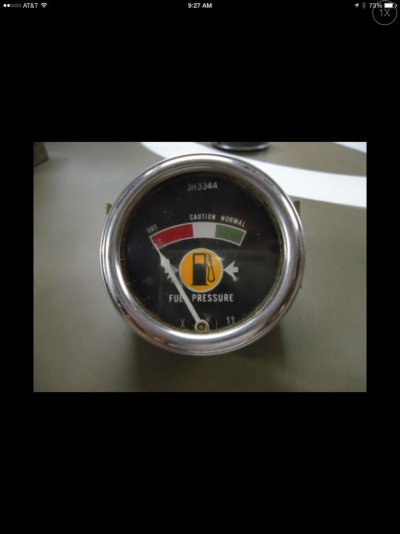Thanks all for for your input.
RC that's what I thought and I'll call them Monday. The electric "lift pump" is the Facet we discussed on another thread. I don't know if there was a mechanical factory lift pump. The engine came from and is a Mitsubishi. It was built as an industrial engine. The marineizers (Klassen now defunct and bought out by Hatton) put the little electric pump on and it only produces 4 or 5 psi. How much pressure would a 2' "head" create? Probably much less than 4 psi but ?
Hollywood,
HaHa .. yes I thought of that but not at first. Was embarrassed when I realized I was about to pump my 5 gallons in the temporary tank right into the boat tank. No harm would be done but for a moment I'd sure wonder how my fuel got burned up so fast. Not to mention I'd be dead in the water someplace. Probably tied to the float at the yard though. Yes I'll have to rig up a return line up to the 5 gal can/tank on the settee. Haven't done that yet.
ben2go,
Yes that's where I got the idea ... on youtube. Guys selling old diesels running them on a pallet holding a fuel line w a little funnel stuck in the end.
I made this post because everybody I asked about re this gravity feed running seemed not 100% sure on the matter. RC ans psneeld seemed sure of their view and I'm sure ther'e right except for the higher pressure RC mentions but that 10 to 70 lbs pressure is probably just as necessary on my little Mitsu just considerably less pressure. Just don't know.
My whole reason for doing this is that I've had a ghost fuel delivery problem for years that (on my trip from AK 2 years ago) resulted in a near engine out and one complete engine failure. I think the problem stems from the way the mechanic plumbed the fuel system before we left for AK. In the fuel and clinging to parts like hose barb fittings I've seen strands of stuff I believe is remnants of Teflon sealer tape and perhaps chunks of the putty like sealer that was also used. I've seen so many people .. mechanics included slap on some goop or T sealer tape with no regard for the possibility of some remnants falling away from the fittings and be free in the fuel system. Of course then the globs of soft sticky stuff and stringy strands of T tape is free to ride along in the fuel flow to wherever it goes. Obviously anything like that running into the fuel pump (mechanical or electric) would likely get stuck on or tangle up on the little flutter or flapper valves in the fuel pump degrading it's pumping abilities. One little glob of the putty like sealer could (definitely IMO) shut down a fuel pump. Something that shoots this theory down though is the fact that nothing like that was found in the high pressure pump that was sent off to the big diesel shop ., probably Nanimo. And the engine has never run rough or temporary lost a cylinder so it's unlikely any foreign matter ever got to a cylinder injector.
But ... I want to re-do the whole system. But temporarily I want to rig up a system that will run the engine from the yard to the new moorage. I would like to have at least half power to do that and I may need the temporary system to take the boat closer to a mechanic like North Harbor Diesel in Anacortes. Or for whatever I want the boat operational.
The reason I don't want to use the original pump is that it was in the old system and may be contaminated w sealer remnants. I have two new fuel pumps but I'm not wanting to use them as they could become contaminated and I intend on installing them in parallel in the new system.
Scott,
On Lehmans and small Yanmars when run totally by a gravity feed like a motorcycle are they capable of significant and long lasting loads? Or was the experience you spoke of just low speed and no load?
Sorry about the long post.

